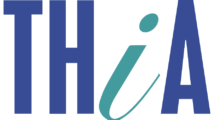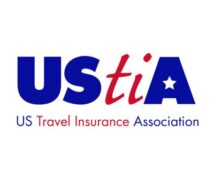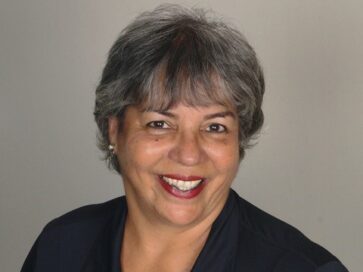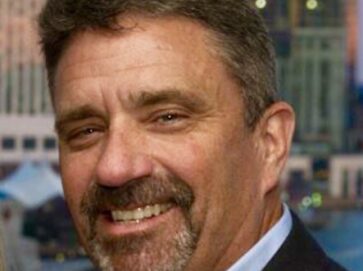As the summer season comes around each year, airports become more crowded and security wait times become longer, making travel much more difficult and stressful. Commercial Medical Escorts moves patients from country to country, but travel around the United States is still very popular. As families and friends get ready to go on vacation, CME reminds you to be aware of extensive airport lines and to plan accordingly for your travels.
The Transportation Security Administration (TSA) says “a loss of thousands of employees in 2014 that the agency has yet to replace” (CNN) is the cause of the long lines in airports. The following busiest airports (recorded by total passengers boarded):
1. Hartfield-Jackson Atlanta International Airport
2. Los Angeles International Airport
3. O'Hare International Airport
4. Dallas/Fort Worth International Airport
5. John F. Kennedy International Airport
6. Denver International Airport
7. San Francisco International Airport
8. Charlotte Douglas International Airport
9. McCarran International Airport
10. Phoenix Sky Harbor International Airport
At Hartfield-Jackson Atlanta International Airport, officials are recommending that passengers arrive up to three hours early before departure to guarantee enough time for them to catch a flight. Security lines tend to stretch through the terminal atrium, and sometimes, through baggage claim. Wait times at TSA checkpoints reach between half an hour and an hour long, and occasionally longer. On May 9th, the peak security wait time at Atlanta was sixty-two minutes.
Due to many complaints from travelers and airlines, Atlanta airport officials criticized TSA for the long security lines and blamed the wait on a decrease in the amount of staff. In fact, problems at TSA stem from negative public and congressional opinion, low employee count, high employee layoff, and investigations of misconduct. TSA administrator Peter Neffenger told Congress that TSA is struggling with a 10 percent attrition rate, meaning that there are about 5000 fewer screening officers on the job today than a few years ago. Recently, the U.S. Department of Homeland Security promised that executives would be taking immediate action to expand the amount of members in the TSA workforce in order to ensure more efficient security checkpoints. TSA received an approval of $34 million from Congress to re-allocate funds to increase security officers at checkpoints. Around $26 million will go to overtime and part-time hours, and $8 million will go towards hiring new officers in May 2016, just in time before the busy summer travel months.
Travel Tips:
1. Monday morning and evening and Friday morning and evening are when the majority of business travelers are flying out. To avoid this rush time, if available, book midday flights throughout the week to avoid long lines.
2. Tuesday and Wednesday are known for being the slowest days of the week in airports.
3. Arrive at least two hours early for domestic flights and three hours early for international flights.
4. Highways are generally busiest either early morning or early evening on the weekdays, so allot your time accordingly.
5. Enroll in TSA PreCheck. Approved members go through special lines, do not have to remove shoes, belts, or jackets, and do not have to take laptops and liquids out of bags.
6. Enroll in the U.S. Customs and Border Protection’s Global Entry program. This program makes international travel easier and quicker and provides eligibility for the TSA PreCheck program.
CME will continue to monitor this problem as it severely impacts CME clients, nurses, and travelers. As summer approaches soon, CME warns about long security lines and hopes for safe and smooth travels.











